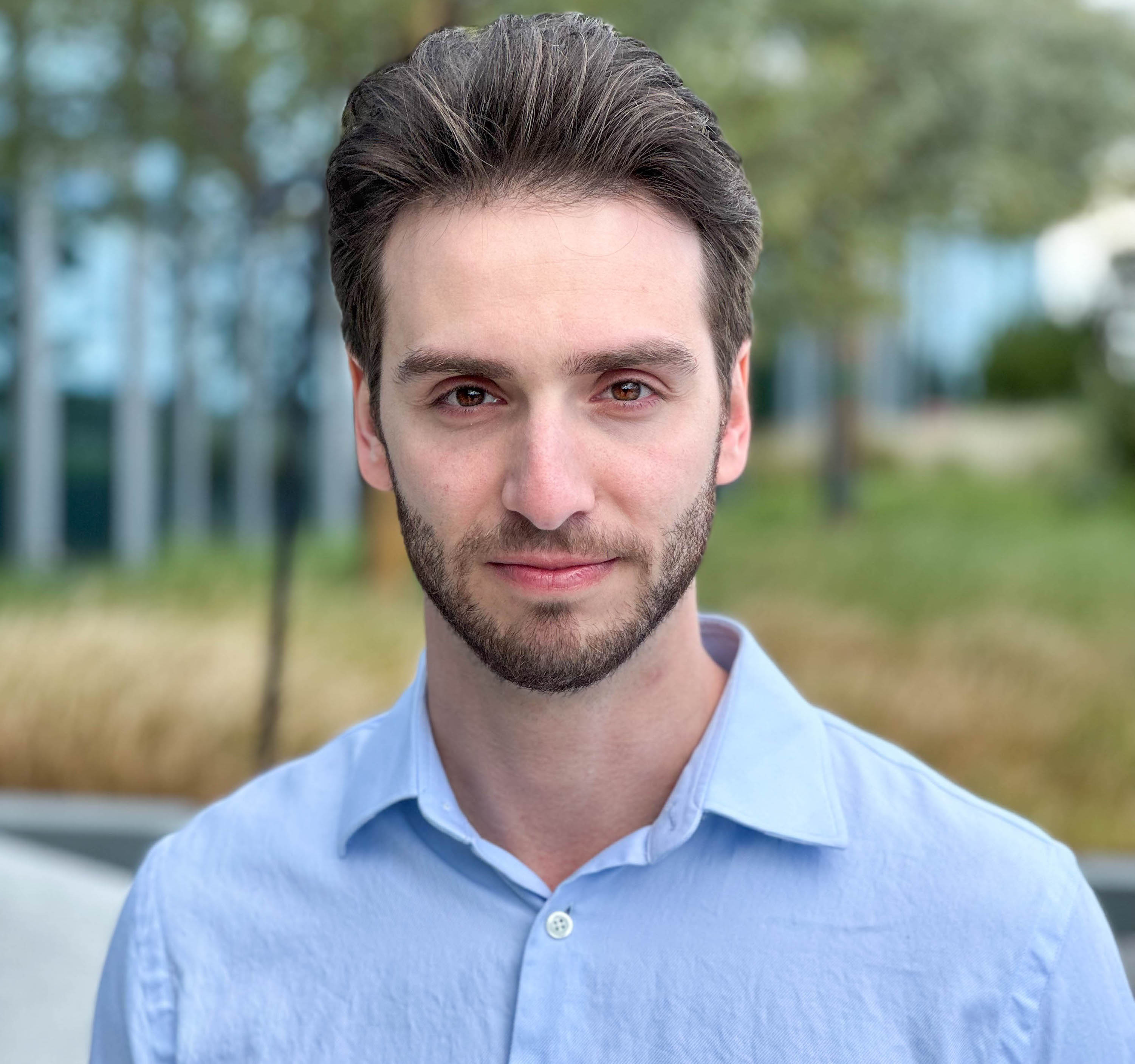
Michael Rubloff
Jun 2, 2025
As imaging evolves from 2D to 3D, industries rooted in traditional visuals, like advertising, are beginning to unlock entirely new creative possibilities. One recent campaign made that leap unmistakably clear.
When I first had the campaign forwarded to me, it was immediately obvious that this was a step up from anything I had seen before. The tack-sharp 3D focus, paired with incredibly vibrant colors, showed that these were true high dynamic range captures. But it went deeper than that. For me, it was about the stories being told—motion frozen in time. I genuinely felt like I was witnessing moments caught forever in their dynamic tracks.
The resulting hour after first seeing the campaign was a flurry of DMs and requests. I had to get to the people who had created this.
A few days later, I was on a two-hour call with Matt Hermans, the mind behind the visuals and founder of The Electric Lens Co. Hermans is self-taught, having originally learned photogrammetry from his father, a mining engineer. After discovering Zip-NeRF and its ability to reconstruct 3D scenes with such fidelity, he began exploring what kind of pipeline he could build. Fast forward to the release of 3D Gaussian Splatting, and Hermans had created a spec demo of martial artists with the Splice Boys, Richard Kendall and Tom Brandon. Splice Boys are the leaders in Bullet Time in Australasia and have collaborated with ELC several times across human, location and artefact scanning. Additionally, their expertise includes cyber scanning, photogrammetry, and any system that uses cameras to redefine reality.
The intention behind the spec piece was to not only demonstrate the potential commercial-level fidelity of captures, but also demonstrate the viability and portability of the Splice Boys rig for use in production environments.
With this initial proof of concept, all that remained was to convince someone to take a chance on it. That opportunity came with the We Know Good Food campaign.
The final scenes each tell their own story: a woman chomping into a delectable burger, a grandmother and her family making pasta from scratch, an upscale kitchen team perfecting their dishes, a group of friends celebrating at a restaurant, and a boyfriend trying to win over his future in-laws.
Most scenes were shot using high-powered strobe flash systems to freeze motion with extreme sharpness, essential for capturing food moments mid-air or facial expressions in dynamic gestures. Tom engineered the network, power, and timing systems for 150 cameras and multiple strobes. He ensured full millisecond-accurate synchronization and reliable capture in real-world locations.
Tom also designed a portable support structure that allowed the camera array to move efficiently from one location to the next. The rig was reconfigured on-site multiple times, adapting to unique physical constraints without reducing coverage or fidelity. The modularity of the array made it scalable and flexible. This was not just a one-off experiment, the system is now proven, reusable, and scalable for future commercial campaigns needing cinematic 3D scene capture.
The workflow went from multi camera rig to Lightroom for processing into HDR, then RealityCapture for alignment, Postshot with a mixture of their ADC and MCMC profiles (splat 3 was not available yet). Hermans used Irrealix’s Nuke plugin for rendering and compositing of the Splat models, Houdini for setting camera paths, and a mixture of all of the above to fill in the gaps.
Most of the major final work occurred within Nuke on the M2 Ultra Mac Studio. The Nuke plugin lets you composite up to ten splats and Hermans took complete advantage of this. One splat would be the background, next might be the talent, three splats might be flames emanating off a grill, and this would be volumetrically composited back into the scene. The massive unified memory of the Mac helped with this volume of data - the splats being up to 30 million points!
This entire pipeline was a bit of an adventure and a successful experiment to try and get the highest fidelity output. Eventually, he was able to get full dynamic range splats within Nuke. The resulting scene was a 4K by 4K export with full ACES HDR at 60fps. Hermans has published a larger article explaining how he processed the full capture.
Hermans and Splice Boys also began to shape the scenes and realized there was more to the story, when he removed a support beam behind one of the main actors, revealing another table of people behind it, completely adding to the scene and expanding the story.
We’re seeing trailblazing right now in action, with the beneficiaries being all of us. This also helps demonstrate how the existing software ecosystem of industry standard applications can already support production grade radiance field reconstructions.
The campaign was produced by Georgia Rankin, directed by Olivia Altavilla from the Producers, captured by the Splice Boys, and brought to life by Matt Hermans.
Matt to his credit told me that while excellent, the technology is still not perfect. In fact, he has left a piece that is incorrect in the final capture. Try and find it if you can.
To find more information about the campaign, check out the video here.







